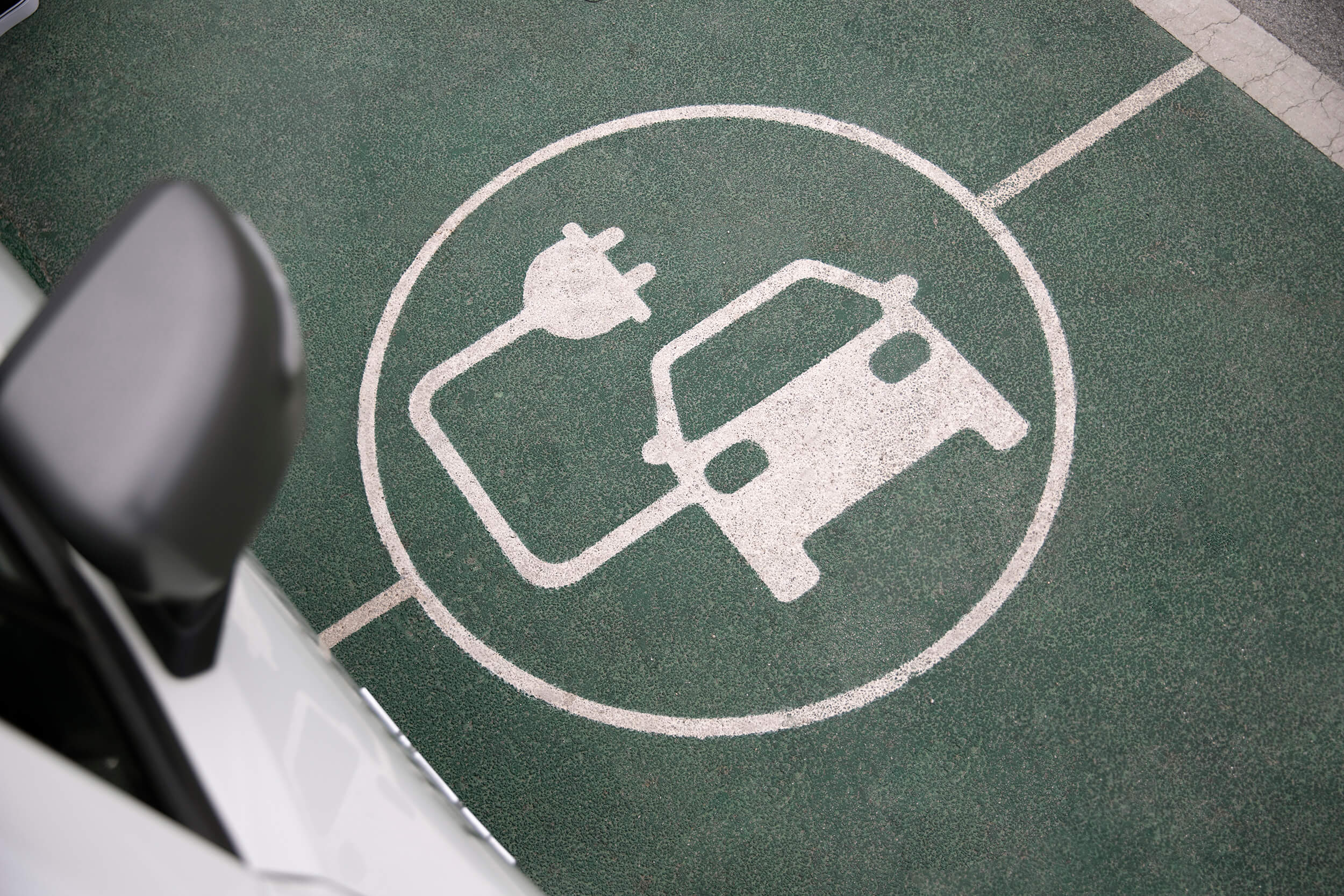
Fully Electric Vehicles (BEVs)
Battery Electric Vehicles, commonly known as BEVs, are fully electric vehicles that operate entirely on battery power. They contain no internal combustion engine and rely solely on electricity from an external source for operation. Charging a BEV involves plugging it into a home charger or a public charging station.
Pros:
- Zero emissions
- Low operating costs
- Quiet and smooth operation
Cons:
- Limited range compared to gasoline vehicles
- Longer refueling time
Plug-in Hybrid Electric Vehicles (PHEVs)
Plug-in Hybrid Electric Vehicles combine an internal combustion engine with an electric battery. PHEVs can be plugged into an electrical outlet to charge the battery, allowing for short trips using only electric power. For longer journeys, the internal combustion engine kicks in.
Pros:
- Flexibility of fuel choice
- Greater range
- Emission-free driving for short distances
Cons:
Higher purchase price
Requires both gasoline and electric charging
Hybrid Electric Vehicles (HEVs)
Unlike PHEVs, Hybrid Electric Vehicles cannot be plugged in to charge. They use an internal combustion engine and a small electric battery to improve fuel efficiency. The electric battery is charged through regenerative braking and by the internal combustion engine.
Pros:
- Improved fuel economy
- Lower emissions than traditional vehicles
- No need to plug in for charging
Cons:
- Limited electric-only driving
- Less reduction in emissions compared to BEVs and PHEVs
Extended-Range Electric Vehicles (EREVs)
An extended-range electric vehicle (EREV) is similar to a PHEV but designed to use the electric motor for all routine driving while relying on a gasoline engine to generate additional electric power for extended range.
Pros:
- Flexibility in fuel source
- Greater electric-only range than PHEVs
- Lower emissions for everyday driving
Cons:
- More expensive than other options
- Still reliant on gasoline for extended range
Understanding these categories helps clarify what you’re looking for in an electric vehicle. Each type has its own set of advantages and disadvantages, so consider your driving habits, distances you typically cover, and your environmental priorities before making a choice.








